
Breathing is essential to almost all living beings. Of course, you knew that already. However, while we have all become so conscious about our health today, how many of us actually give a second thought to the process of breathing and respiration?
Breathing is the most normal and regular activity we perform every minute of the day; even when we are sleeping. The process of breathing is fascinating across living beings. Here, we can take a detailed look at different ways of breathing in three different living beings – humans, birds and grasshoppers. Each of them has a respiratory system that is unique and will give a glimpse of nature’s curious ways.
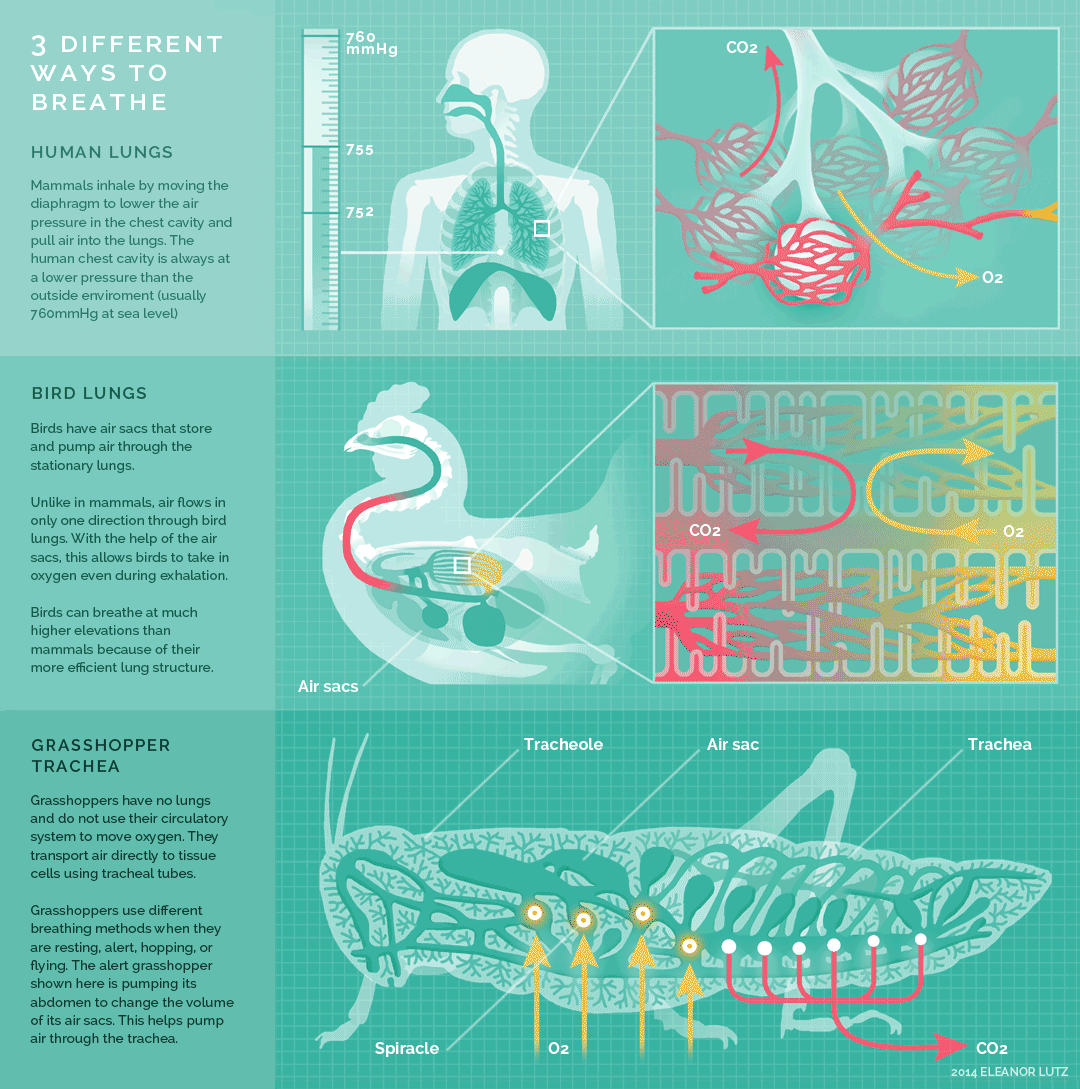
1. Human Lungs:
Human lungs are part of the body’s respiratory system. The primary function of the lungs is to process the gas exchange for respiration. The lungs take oxygen from the environment and transfer it to the bloodstream. To breathe properly, humans use structures outside of the lungs - the diaphragm, the intercostal muscles (located between the ribs), the abdominal muscles, and sometimes, neck muscles as well.
The diaphragm, a muscle that sits below the lungs, does the majority of the work involved. When the diaphragm contracts, it moves down and provides more space in the chest cavity and enhances the lungs' ability to expand. The pressure inside goes down when the chest cavity volume increases. Then the air is sucked in through the nose or mouth and moves down into the lungs.
Another point worth noting is that the human chest cavity is always at a lower pressure than the outside environment. This is usually 760 mmHg (millimeters of mercury) at sea level.
2. Bird Lungs:
The respiratory system of birds is quite different from that of mammals. Birds do have lungs, but they do not have a diaphragm. The air moves in and out of their bodies through pressure changes in the air sacs. While the air sacs are not directly related to gas exchange, they do help in directing airflow through the lungs in one direction. The muscles in their chest cause the sternum to be pushed outward. Because of this, negative pressure in the air sacs is created which leads the air to enter the respiratory system.
The lungs of birds do not expand or contract like the lungs of mammals. They have thin-walled, tubular structures called parabronchi that are located throughout the lungs between the secondary bronchi. While the air moves in one direction through the lungs, it also flows in one direction through the parabronchi. Basically, from one secondary bronchus into another.
The respiratory system of birds transfers more oxygen with each breath. It is the remarkable air sacs, though, which really make the respiratory system of birds unique. They enable regular, one-way flow during both inspiration and expiration.
3. Grasshopper Trachea:
You would be surprised to know that grasshoppers have no lungs. Like all insects, they breathe through a complex network of tubules called the tracheae. While the exchange of gases happens through the tracheal system, it is the spiracles where the air is taken in first. This system is comprised of ten spiracles that are located along the length of the grasshopper’s abdomen in eight pairs. They also have two more pairs in the thoracic region.
Oxygen disperses into their cells directly and then into the atmosphere. This completes the grasshopper’s respiration process. Their spiracles take in air with the control of their brains. Furthermore, they also have a few spiracles that perform the job of expiration of air as well. The tracheae inside humans do the role of cleaning the air. For grasshoppers, this system works as an independent operation and is not involved with the circulatory system.
 8:54
8:54
Animal Leanring: How Cats Apologize to Humans
Many people think cats don't know how to apologize or feel regret. However, cats harbor a depth of emotions that might surprise you.
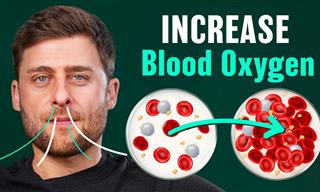 14:44
14:44
How to Increase the Amount of Oxygen in Your Blood
How can we make sure we're getting enough oxygen in our breathing? This video will make sure you know how.
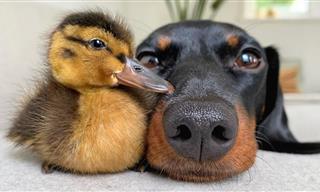 3:01
3:01
Need a Smile? Try Dachshunds and Their Feathery Friends!
These little sausage dogs have found some tiny, feathered friends and now have a great time together. Let's have a look.
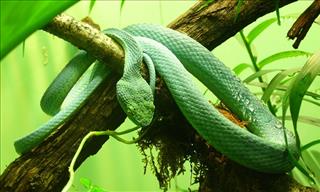
7 Incredible Animal Senses That Humans Would Love To Have
Some animals have the most unusual and remarkable abilities that help them survive. Here is a look at a few of the most notable cases...

13 Incredible & Intricate Homes of Animal Architects
The amazing homes animals build for themselves are both mesmerizing and brilliant. Behold nature’s most amazing architects.

Here's How Much Sleep You Need To Be Healthy
Learn how sleep affects your body and mind, thanks to this informative infographic.

26 Incredible Facts About the Human Mind
The human brain is an interesting and powerful organ, which is why we've gathered 26 interesting facts about exactly how human psychology works.

12 Mind-Blowing Archaeological Discoveries Of 2022
Archaeologists made some remarkable discoveries in 2022. Here is a look at the most fascinating ones.
 5:13
5:13
What is Your Consciousness? A Remarkable Video...
This video by Ted-ed searches to explain the origin of consciousness as well as what is consciousness.

8 Inventions of 2023 That Will Change The Way We Live
This year was a prominent one for ground-breaking innovations that will change the way we live.
 5:48
5:48
3 Surefire Ways to Always Identify Pseudoscience
Find out how you can identify pseudoscience, and learn how it differs from actual science.

Here Are the 16 Oldest Household Objects in the World
If you think ancient life is remote, these pre-historic household items will make you think again. Just look at how old they are!
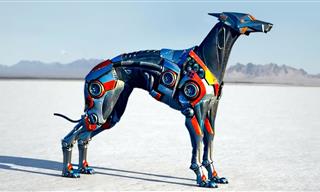 12:02
12:02
10 Incredible Animal-Inspired Robots
Let's meet some incredibly realistic robotic animals.
 16:28
16:28
This Secret Invention Changed the Course of WW2
Let’s take a closer look at the proximity fuze, also called Vt Fuze, an invention that changed the course of the second World War.
 26:43
26:43
These 20 Tech Inventions Will Define the Next Decade
The future is here. Check out some emerging technologies that are all set to chane our world forever.

20 Amazingly Simple Inventions That Make Life Easier
Some wonderful inventions can fix some of the most annoying little problems that bug us every single day. Here are 20 of the most inventive ideas I've ever seen that I can't believe no one has invented before.
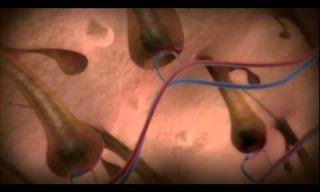 15:55
15:55
This Incredible Documentary Takes You Into the Human Body
A beautiful and graphically advanced animation sheds light on the mysteries of the human body.
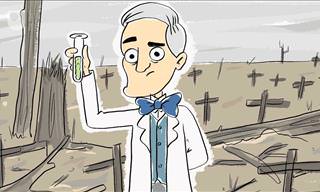 1:44
1:44
The Accidental Discovery of the World’s First Antibiotic
Not too long ago, it was fairly common to die of the simplest of wounds due to bacterial infection. Penicillin changed everything.

Ancient Skull Found In China Unlike Any Human Ever Seen
A newly-discovered skull in China had baffled scientists. This could mean we might have discovered an entirely new species of humans.

STUDY: The Effect of Personality on Our Level of Happiness
Researchers finally know which types of people will always be happier than others.
 8:11
8:11
Fascinating: What is the Deepest Hole Humanity Has Dug?
This video explains how low humanity has dug down so far.
 14:24
14:24
Are Underwater Turbines the Answer to Our Energy Question?
One of the most promising technologies in the renewable energy market is the ocean. Learn all about it.
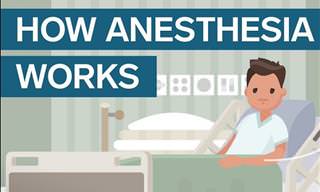 3:16
3:16
Discover How Anesthesia Affects Your Body and Mind
If you were ever curious about how exactly anesthesia works, then this video has all the answers!
 9:05
9:05
A Tunnel Built by a Swarm of Robots - Jaw-Dropping!
Imagine a swarm of robots attacking a mountain and smashing it to pieces...
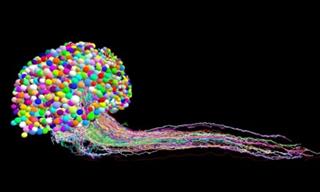
Incredible: First-Ever Complete Map of an Insect's Brain
This incredible project is the first to completely map the brain of an insect, a monumental undertaking even for such a small creature.
 4:19
4:19
The First Robot Ever Made Was Created 250 Years Ago...
This automaton is pure genius, especially when you consider it was built 250 years ago...
 14:49
14:49
This Man Built an Automatic Train System for Trash Cans!
Wouldn’t it be cool if a robot picked up and moved our garbage out for pickup with the push of a button?
 8:14
8:14
What Would You Do if You Had an Extra Thumb?
This revolutionary invention has the potential to revolutionize the field of prosthetics.

Welcome to the Fastest Maze-Solving Competition Ever Made...
Welcome to Micromouse, a competition for the quick of eyes and the quick of minds. This is the oldest robotics race.
 12:57
12:57
The Curious Science of Tricking Your Taste Buds
Did you know you could confuse your sense of taste? Find out how!
 23:26
23:26
Incredible: This Man Got the First Double-Arm Transplant
Felix Gretarsson got burned in both arms and needed the new ones. For that purpose, he went through history's FIRST 2-arm transplant.

INTERACTIVE: A Guide to the Workings of the Human Body
The human body is the most complex machine known to man, and the amount of things it has to do to keep us alive is incredible. View this interactive guide now.
 4:52
4:52
Are There Universal Expressions of Emotion? Find Out Here!
Do facial expressions look the same and communicate the same meaning wherever you are in the world? Find out here!

These Will Give You True Perspective About Our World
Just to give you an idea of how big the Earth really is in true perspective to all the other heavenly bodies up there in the cosmos.

Researchers Claim This Ingredient Can Cure Depression!
A preliminary study has suggested that magic mushrooms may be able to soothe the symptoms of depression. Read here to find out more.

First US Embryo to be 'Edited'; Rise of Genetic Changes!
Could the first human embryos be genetically modified?

This Humanoid Robot May Join the Workforce Very Soon...
Meet Digit – a bipedal robot that's ready to join human workers at warehouses around the world as early as 2024.
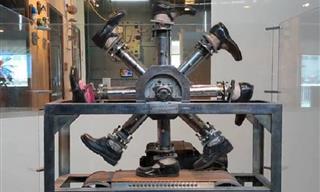
14 of the Most Fascinating Specialized Tools You'll See
We bet you haven’t seen these unique tools before!

11 Technologies to Potentially Achieving Immortality
Scientists are hard at work developing technologies that could extend our lifespans and even make us immortal. Here are 11 of them.

Chocolate Exposed! Here's What It Does to Your Brain!
Just what is it that makes chocolate so irresistible to so many people around the world? Find all of the answers in the article.
 3:10
3:10
How It's Made: Merino Wool
Long before we invented moisture-wicking synthetic fibers, this type of wool did it naturally for centuries. Here's how it's produced.
 5:13
5:13
Whatever Happened to that Hole in the Ozone Layer?
Let's embark on this enlightening journey to better understand our atmosphere's health.

Scary Stories: 11 of the World's Creepiest Experiments
Truth is stranger than fiction, and this can be said for occurrences in the scientific world too. Here are 11 of the world's creepiest experiments
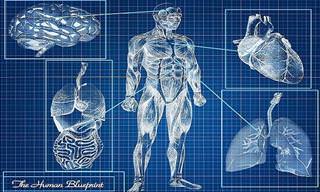
These Are the Miracles That Happen in Our Bodies Every Day
There is a lot that happens inside our bodies every single day. Did you know any of these facts?
 4:51
4:51
The Oldest Medicines That Have Stood the Test of Time
Learn about some fascinating old medicine and general healing practices that have survived for thousands of years.
 11:13
11:13
NASA's Plan to Colonize the Moon by 2026
NASA has a Moon colonization plan that involves utilizing 3D printers to construct an entire space station by 2026. Here's what it will look like.
 2:34
2:34
Let's Talk About Size, From Big to Huge.
an incredible discovery that leads us to a better and better understanding of these objects' true size.


